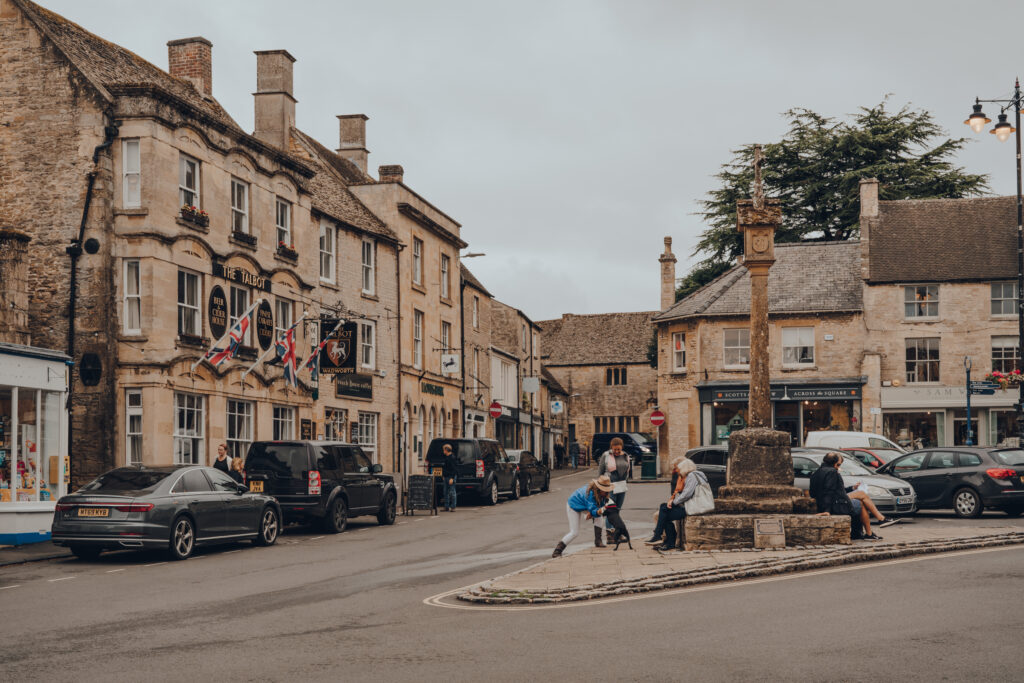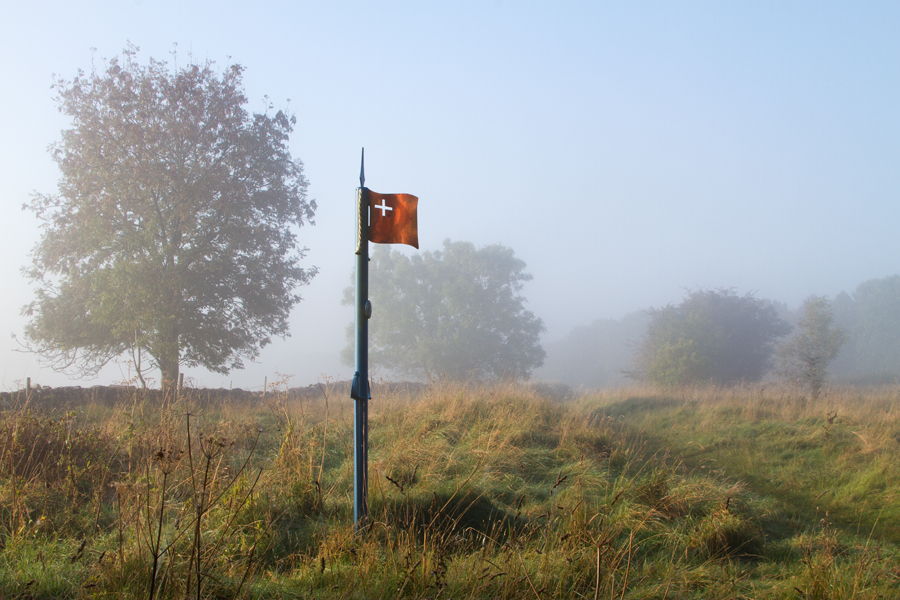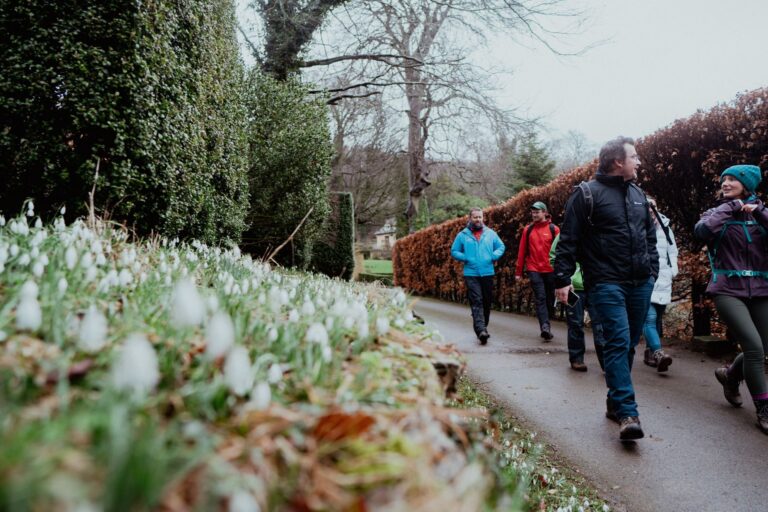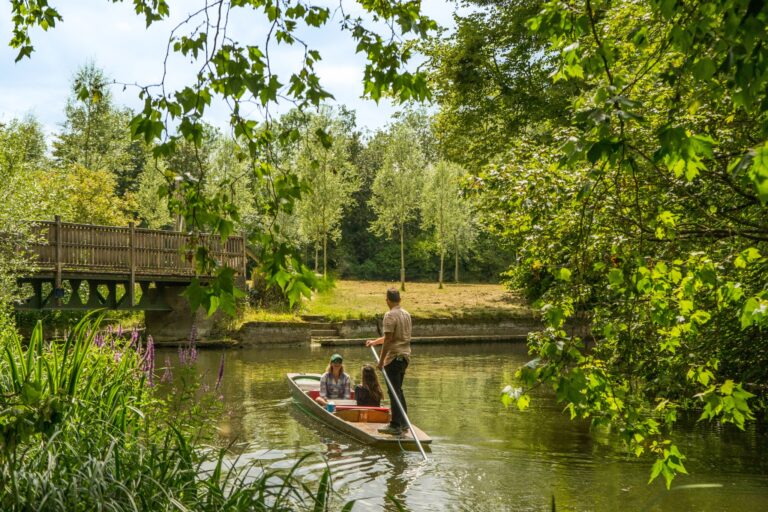June 30, 2023
Destination: Cotswolds
Share
In this article
The English Civil War and the Cotswolds
Famous for its tranquil scenes of lazy rivers winding around sleeping villages in honey-coloured Cotswold stone, it is hard to believe that this Area of Outstanding Natural Beauty could have been anything other than peaceful. Even harder to imagine its rolling hills as the stage for some of the Civil War’s bloody battles.
The Battle of Stow-on-the-Wold
The English Civil War was fought in many battles, sieges and violent skirmishes up and down the country from 1642 – 1651, between the Parliamentarians and the Royalists.
The market town of Stow-on-the-Wold sits at the junction of eight well-used roads and thus both armies at various points passed through or near the town. To walk through Stow is to walk through a battleground.

On the 21st of March 1646, a Royalist army marched through the area desperately seeking to join up with the King in Oxford. Met by a Parliamentary army at Stow, a fierce battle ensued. It was so bloody that ducks were said to be ‘able to bathe in the pools of blood that formed on the street’ leading to the origin of the street’s name “Digbeth” or “Ducks’ Bath”.
The Battle of Lansdown
History can indeed be traced along paths worn into the earth. Few realise that the final section of the Cotswold Way, a popular walking route running the length of the Cotswold escarpment, tracks the same path of a retreating Parliamentarian army away from battle, hundreds of years before.
On the 5th of July 1643, the final stages of the Battle of Lansdown were fought just north of Bath. Today, a dry stone wall runs along an unassuming field, unremarkable except for a small plaque set off to one side, quietly noting the importance of this site in English History.
On that day in 1643, the Royalists, aiming to capture the city of Bath before moving on towards Bristol, were met by the Parliamentarians, set on defending the city. On closer inspection, the wall is noticeably puckered and dented, its repairs becoming visible – holes where cannons had fired and through which horses had charged.
The bombardment continued hour after hour until darkness fell and the Parliamentarian army withdrew into Bath, leaving decoy matches of musketeers slung over that same wall, glowing in the darkness and disguising the retreat of 6800 men who felt their way back down the valley in complete darkness and total silence.
These are only two of many battles fought in the Cotswolds during the Civil War as the area was of great strategic importance: lying both near the King’s headquarters in Oxford and Parliamentary strongholds in Gloucester and Bristol.
Many other towns that our tours travel through have similar links to the Civil War, including Moreton-in-Marsh and Bourton-on-the-Water.
Ironically, the village of Upper Slaughter in the Cotswolds gets its name from the old English for muddy place, and not violence. In fact, Upper Slaughter is a ‘doubly thankful’ village, one of only thirteen villages in the country to see all of their men sent off in both world wars return safely.
It is sobering that over 360 years later, the same fields where thousands of men fought and died are now the picturesque scenes of tranquil countryside that we know and love.







